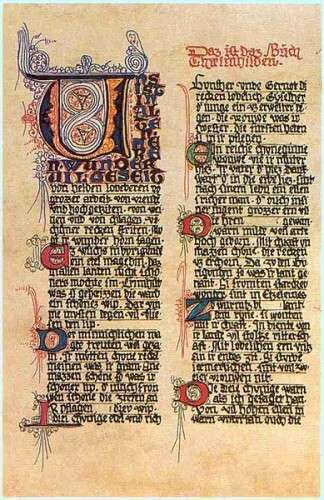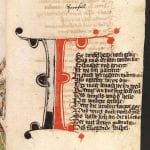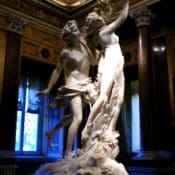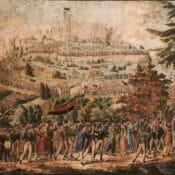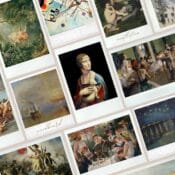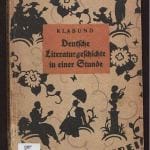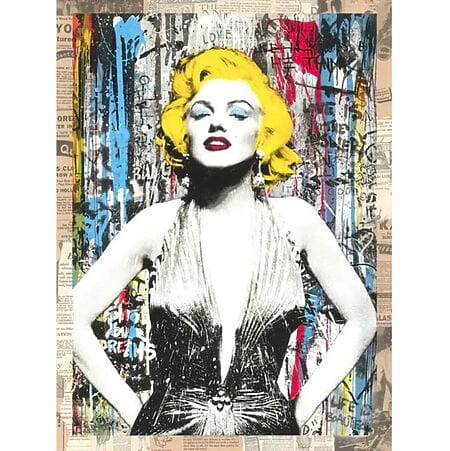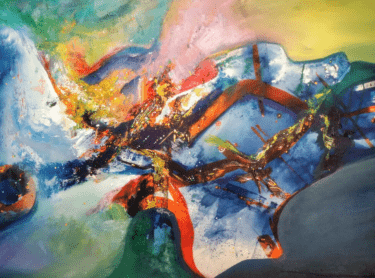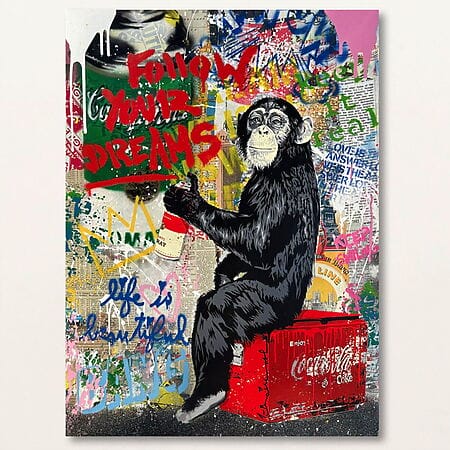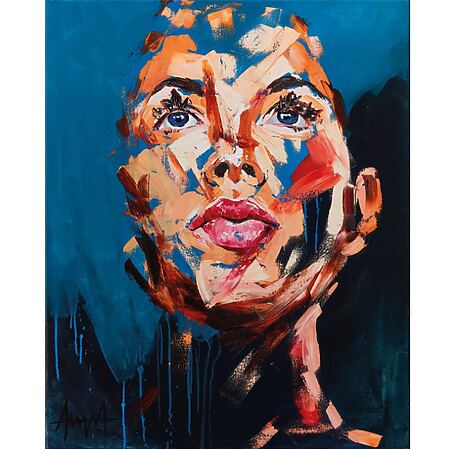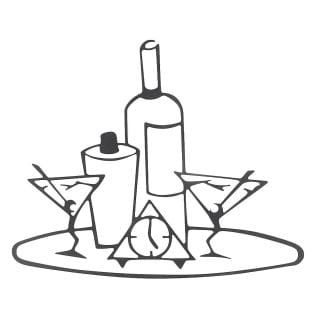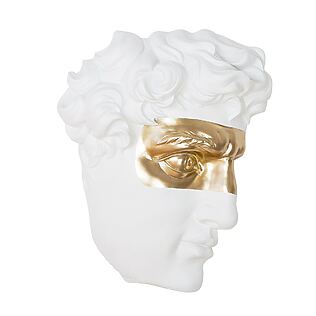The first “literary legends” of the Germans…
The first German “literary legends” – Rolandslied, Tristan and Isolde, Parzival, Nibelungenlied – are almost exclusively descriptions of massacres
German literature began its development with translations of Latin prose texts such as laws, contracts, and religious instructions; this beginning on the path to expression in the German written language is perhaps the reason why we are still the masters in writing bureaucratic texts today (we Germans can boast the proud number of 200 tax laws and almost 100,000 tax regulations, a world leader).
The texts that emerged in these early stages are by no means particularly inspiring and are not very suitable for encouraging people to read who do not have to read these texts – even though the ordinary, inquisitive citizen also wanted to participate in the newly emerging written language.
And so, in the High Middle Ages, roughly in its middle, around the middle of the 12th century, the first literary texts of the then-world, revered by the people as legends, were created , including some "eternal bestsellers" , the mention of which still brings a telltale gleam to the eyes of every German teacher with a sense of tradition.
But from today's perspective, this raises doubts. Looking more closely at the themes of the star publications of that era, one is grateful for every narrative that invents future fictional worlds, every rapturous novella about everyday life in a modern metropolis, every satirical short story about the hardships of daily life, and every novel that doesn't deal with war, regardless of whether it's the lengthy story of a family dynasty or the kitschy depiction of a complicated relationship.
For these first “novels”, which delighted the people, revolved mainly around which ruler had really put down another ruler, when and where, of course supported by hordes of testosterone-fueled young men from the people, who lost their lives in droves in these conflicts.
After all, the rulers of that time still led the battles themselves and personally, and usually at the very front (though not always), unlike modern-day war commanders and warmongers who control the deadly events from their well-protected command centers.
Below you will find a brief examination of the first, still glorified, but war-ravaged literary masterpieces of the Germans, including the welcome exception:
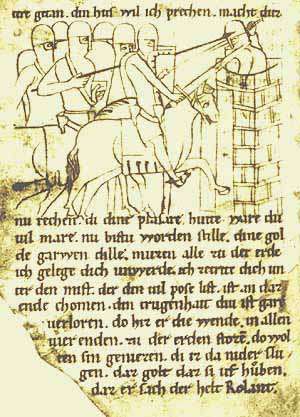
Around 1170, the famous Song of Roland , the first of the dramatic German heroic sagas , which until recently was considered by many to be a cornerstone of German culture. The author is said to be a man named Pfaffe Konrad, but this is by no means certain; his authorship is only documented by a self-declaration from the alleged author, and nothing at all is known about his life.
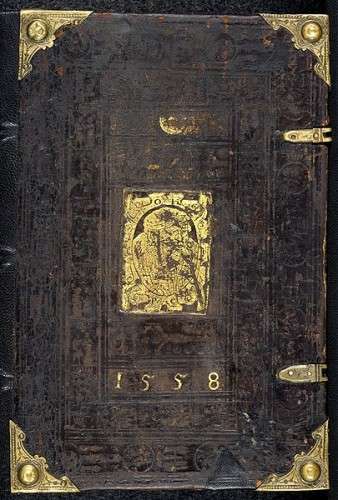
This "hero worshipper" describes the struggle of Charlemagne and his followers against the Spanish Saracens. The eponymous, unfortunate Roland is among these followers, one of the first scapegoats in literature, who must atone for the misdeeds of his stepfather when Charlemagne's Christian army attacks the Muslims in Spain.
Roland's stepfather, Gennelon, had conspired with the Muslim king Marsile to make the Spaniards pretend to convert to the foreign faith. This was intended to ultimately bring about the downfall of the Frankish kingdom, and Roland's death was part of the plan.
This plot, through deception, causes Charlemagne's army to withdraw to Aachen; only poor Roland remains behind as a feudal lord in Spain.
The Spaniards, however, had no intention of adopting the foreign faith; they only pretended to do so to get rid of Charlemagne. Now they are striking back; Roland and his few followers have little chance and all die as martyrs.
Charles wanted to help, but arrived too late, and there were other peoples who did not want to have a foreign faith imposed upon them, so Charles was drawn into another battle by the Persian King Paligan, who rushed to the aid of the Spanish king.
Charlemagne and his men fight, and through divine intervention they even manage to win; King Marsilie dies of grief over the suffering of his people; his wife Brechmunda is baptized and also persuades the remaining surviving Muslims to convert to Christianity.
Roland's wife Alda falls down dead when she learns of her husband's death, Genelun is put on trial and subsequently quartered, his followers are beheaded.
The first crime story , one might say, and enlightened literature lovers of today can shudder at the thought that even almost 900 years later, conflicts between Muslims and Christians can provide the script for a "Tatort" episode.
The next "stuff of which legends are made" was no better.
Around 1200, Gottfried von Straßburg, probably an intellectual cleric with a university education, took up a subject that was extremely popular at the time:
The legend of Tristan and Isolde truly offers almost everything a captivating story can contain. Tristan grows up as an orphan, which, even more so then than today, promised an adventurous youth that lends itself perfectly to building suspense.
He finally reaches the court of his uncle, King Marke of Cornwall, where he is first allowed to save him in a duel. Unfortunately, he is wounded with a poisoned sword and must travel to Ireland to see Queen Isolde, who poisoned the sword and is the only one capable of healing the wound.
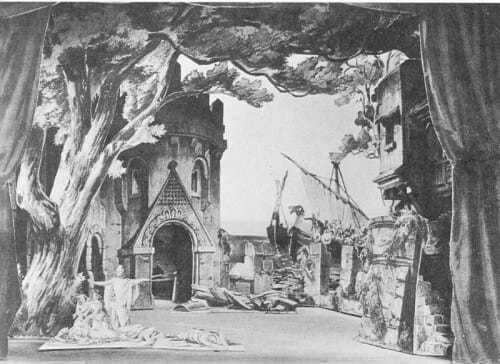
She imagines Tristan as the minstrel Tantris (he killed her brother Morold in a duel), is healed and in return must raise Isolde's daughter Isolde.
Barely back in Cornwall, Tristan is allowed to set off again for Ireland, because King Marke wants to marry, and Tristan, of course, has recommended his protégé Isolde. He is sent to woo her. Wooing her alone isn't enough; as payment for Isolde, Tristan must slay a dragon and then take her as King Marke's bride.
Mother Isolde also provides a love potion so that her daughter will fall in irrevocable love for the king, who, according to hearsay, has horse ears; however, Tristan and Isolde drink it by mistake – the unchanging love catches the wrong people, who are already intensely practicing this love during the crossing.
So Isolde no longer enters marriage as a virgin; to cover this up, an untouched lady-in-waiting is placed in the king's bed on the wedding night, who of course notices nothing and is masterfully deceived by Tristan and Isolde for a while.
Eventually, rumors begin to circulate, King Marke starts to have doubts, and finally exposes the lovers. Tristan is banished to Normandy, where he meets another Isolde, who also immediately falls in love with him. Tristan, reminded of his love by the name, is torn by a conflict of emotions…
Gottfried von Straßburg is said to have died when he arrived here; leaving a story with an open ending was not yet in vogue, even among star writers of that time.
Overall, an adventurous hodgepodge of child neglect, imposture, licentiousness and fraud, and it's actually completely unclear why any person should read this material.
What follows is a pleasant exception
Wolfram von Eschenbach's " Parzival," which anticipates the ideas of the Enlightenment, is a literary masterpiece for the first decade of the 13th century: 25,000 rhyming couplets in (today) 16 books, a double novel structure with artfully interwoven plot lines, and imbued with a masterful imagination.
But not only that, “Parzival” is not an easy subject, which initially addresses all the superficially interesting problems of the literary era of that time: the problem of courtly love, demands for adventure, the question of whether a person is suitable to be a ruler, the compulsion to perform certain actions caused by religious conviction – all presented in a framework that does not lack any truly fantastic entanglements.
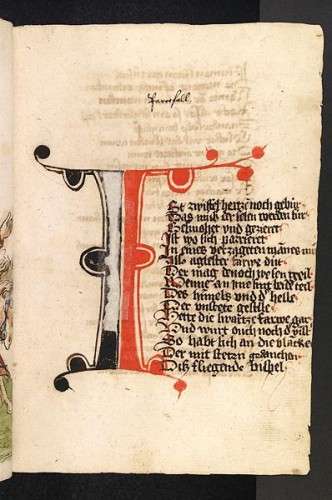
Wolfram's literary opponent Gottfried von Straßburg polemically and disparagingly refers to the verse novel as "wilde maere" (wild fairy tale); obviously, even back then, literary rivals did not necessarily treat each other with respect.
But Parzival goes much further; it is also critically ironic, it sharpens many problems in a completely new way for its time, dares to think new thoughts and is sometimes cheeky to the point of cynicism – that is truly an extraordinary piece of German literature.
Wolfram begins Parzival with a declaration against narrow-minded intolerance: In the magpie parable, he uses the magpie's two-colored plumage as an analogy to contrast fickleness and faithful devotion, and comes to the conclusion – highly level-headed for the time – that there is not only black and white and good and evil, but that these values, like the plumage of a magpie, blend into one another and must be weighed up in each individual case.
Anyone who examines the themes addressed in Parzival more closely will see a variety of fundamental conflicts explored: life in society versus scholarly seclusion, how differently men and women experience the world, the conflicts between courtly society and the spiritual community of the Grail guardians, themes of guilt and sexuality, redemption and healing. Those who look closely and reflect will find all these issues reflected in the world today…
Parzival is a hero because he manages to develop from absolute self-absorption to empathy; for Wolfram von Eschenbach, such a hero is the true redeemer. The entire character of Parzival, who begins as an ignorant man, differs refreshingly from the narrow-minded but unassailable brute-force heroes of the time, and Wolfram (presumably with a mocking smile) deliberately places an almost perfect striver at the side of the decidedly fallible Parzival.
Parzival experiences much during his knighthood and his quest for the Grail, numerous adventures and personal conflicts, and he repeatedly incurs guilt, sometimes through ignorance and sometimes because he doesn't look closely enough. Gawain, who also embarks on a knightly journey (crusade, Grail quest), is the impeccable overachiever among the knights, always successfully completing his adventures and, as a side note, quickly bringing those responsible for injustices in the world order to justice.
Nevertheless, it is the searching and erring Parzival who ultimately attains the Grail's rule; Wolfram gives the reader a hope for the journey, which a multitude of writers still offer us today.
Another of our “eternal bestsellers” is less humanitarian and subtle, although it was written at the same time, at the beginning of the 13th century:
The Nibelungenlied
This narrative (the word "Lied" is taken from the Middle High German "liet" , which is more accurately translated as "strophic work" or "epic" ) has its origins in the Migration Period, a so-called "heroic age" of our history, in which our ancestors received a lot of "bashing" and therefore needed a lot of heroes.
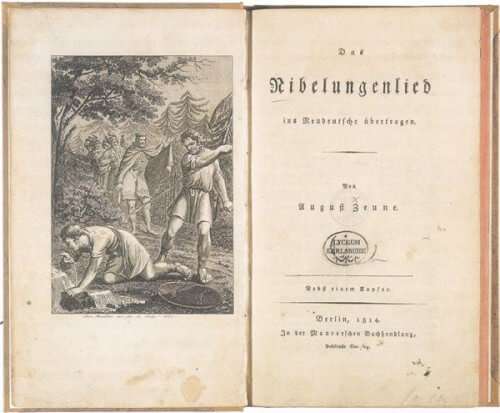
The crucial historical core of the Nibelung saga is considered to be a massacre around the Burgundian kingdom in the year 436, against the western Roman army under Aetius, which hired thousands of Huns and slaughtered the unsuspecting Burgundian leader Gunthahar along with most of his people.
Many other historical events of epochal significance for the Germanic peoples contributed names and elements, such as the Battle of the Catalaunian Plains (451, which heralded the downfall of the Western Roman Empire), the death of Attila (453, actually less serious because it happened on his wedding night) and the death of Brunhild (613, the Frankish queen's opponents dragged her to death with a horse), and these were increasingly mixed together in the later work.
This heroic epic has so far been passed down orally; the Romans, who at that time were the only ones capable of written language, naturally had not quite so much interest in writing down the heroic deeds of the Germanic peoples.
At the beginning of the 13th century, the Nibelungenlied was finally written down in the German written language ; the bloodthirsty story was enthusiastically received and achieved the status of a national epic of the Germans .
The consequences of this beginning of German literature, consisting mainly of hero-worship epics, can still be felt today, and they are causing us increasing headaches.
Thus, the Song of Roland is still a subject of instruction in schools, but now as part of ethics lessons, where it serves as a negative example of the construction of an enemy image between Islam and Christianity since the Middle Ages.
Even in German studies, the Song of Roland is still a subject, although it is treated under titles such as "The Satanization of the Foreign in the 'Song of Roland' by Priest Konrad" (Yvonne Holländer, 2002) – so there is still hope after all…?
You might also be interested in:
Search
Similar posts:
Beliebte Kategorien
- Sculpture
- Design
- Digital Art
- Photography
- Freelancing
- Garden Design
- Interior Design
- Kreative Geschenke
- Creativity
- Art Periods And Movements
- Art History
- Art Trade
- Artists
- Art Marketing
- Art Market Knowledge
- Painting
- Music
- News
- Street Art / Urbane Kunst
- Tipps für Kunsthändler
- Tips for Artists
- Trends
- Living from art
Highlighted artwork
Design and Decor Highlights
-
 Coastal Boho Pendelleuchte "Mykonos" aus Rattan, Natur (Größe: L)
99,95 €
Coastal Boho Pendelleuchte "Mykonos" aus Rattan, Natur (Größe: L)
99,95 €
inkl. MwSt.
Lieferzeit: 1-3 Werktage
-
 Little Party - Metal wall decoration
44,95 €
Little Party - Metal wall decoration
44,95 €
inkl. MwSt.
Lieferzeit: 3-5 Werktage
-
 Wall relief "Modern David", matt white resin with gold accent
159,00 €
Wall relief "Modern David", matt white resin with gold accent
159,00 €
inkl. MwSt.
-
 J-Line Decorative Christmas tree, subtle glitter effect (gold)
39,95 €
J-Line Decorative Christmas tree, subtle glitter effect (gold)
39,95 €
inkl. MwSt.
Lieferzeit: 1-3 Werktage
-
 J-Line cuddly plaid with pom-poms, light beige (130 x 170 cm)
29,90 €
J-Line cuddly plaid with pom-poms, light beige (130 x 170 cm)
29,90 €
inkl. MwSt.
Lieferzeit: 2-4 Werktage
-
 J-Line Decorative Reindeer with Hat + Scarf (White, Large)
59,90 €
J-Line Decorative Reindeer with Hat + Scarf (White, Large)
59,90 €
inkl. MwSt.
Lieferzeit: 2-4 Werktage
-
 J-Line 3-piece set of minimalist ceramic Christmas trees including LED lighting
69,90 €
J-Line 3-piece set of minimalist ceramic Christmas trees including LED lighting
69,90 €
inkl. MwSt.
Lieferzeit: 2-4 Werktage

